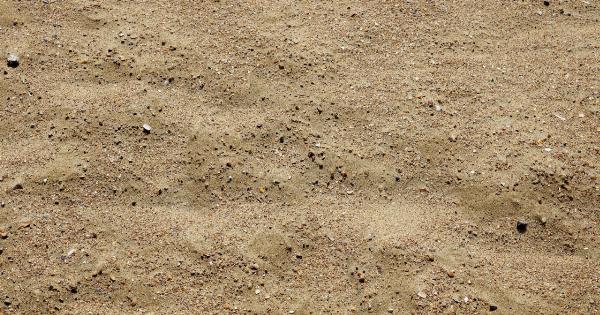Dust mites are tiny creatures that can be found in every household, lurking in your carpets, beds, and upholstery. While they may be microscopic, these pesky mites can wreak havoc on your health, especially if you’re allergic to them.
In this article, we’ll delve into the world of dust mites, their impact on health, and how to keep them at bay.
What are Dust Mites?
Dust mites are minuscule bugs that belong to the arachnid family, just like spiders and ticks. These tiny creatures measure about 0.2 to 0.3 mm in length, making them almost invisible to the naked eye.
They thrive on dead skin cells shed by humans and pets, and their favorite hiding places include mattresses, pillows, carpets, and upholstered furniture.
Allergies and Symptoms
For some individuals, dust mites can be a source of allergies. The proteins found in dust mite droppings are the main culprits for triggering allergic reactions.
Common symptoms include sneezing, runny nose, itchy and watery eyes, coughing, and even asthma attacks. If you experience these symptoms and suspect dust mites to be the cause, it’s advisable to get an allergy test done by a medical professional.
Prevention and Control
While total elimination of dust mites from your home is impossible, there are several measures you can take to minimize their presence and reduce exposure:.
1. Invest in Dust Mite Proof Bedding
Encase your mattresses, pillows, and duvets with dust mite-proof covers. These covers have tightly woven fabric that acts as a barrier, preventing dust mites from burrowing into your bedding.
2. Wash and Vacuum Regularly
Washing your bedding, curtains, and stuffed toys in hot water (around 130°F or 54°C) can effectively kill dust mites.
Vacuum your carpets, upholstered furniture, and mattresses regularly using a vacuum cleaner equipped with a HEPA filter, which can trap tiny dust particles effectively.
3. Keep Humidity in Check
Dust mites thrive in humid environments. Therefore, maintaining a humidity level of below 50% in your home can significantly reduce their population. You can use dehumidifiers or air conditioners to control humidity.
4. Reduce Clutter
Dust mites love cluttered spaces as they provide ample hiding spots. Regularly declutter your home and minimize the number of items collecting dust.
5. Avoid Carpeting
Consider replacing carpeted floors with hardwood, laminate, or vinyl flooring as they are easier to clean and less likely to harbor dust mites.
6. Freeze Stuffed Toys
If your child has stuffed toys infested with dust mites, place them in a plastic bag and freeze them overnight. The low temperatures will kill the dust mites, and you can wash the toys afterward to remove the dead mites.
7. Allergy Medication
If your dust mite allergies are severe, your doctor may recommend allergy medication to alleviate symptoms. These may include antihistamines, nasal sprays, or even allergy shots.
8. Professional Cleaning
Consider getting your carpets and upholstery professionally cleaned at least once a year to remove dust mites and allergens effectively.
9. Natural Remedies
Some natural remedies may help control dust mites to an extent. These include using essential oils like eucalyptus, tea tree, or peppermint, which have mite-repellent properties.
However, it’s important to note that natural remedies alone may not be sufficient to eliminate dust mites entirely.
10. Regular Maintenance
Finally, maintaining a regular cleaning routine is crucial in your battle against dust mites. Dust surfaces with a damp cloth, sweep floors, and ensure good ventilation throughout your home to minimize their presence.
Conclusion
Dust mites are unwelcome guests in every home, but with proper prevention and control measures, you can keep their population under control and reduce allergies.
By following the tips mentioned above, you can create an environment that is less conducive to dust mites, ensuring a healthier and more comfortable living space for you and your family.






























